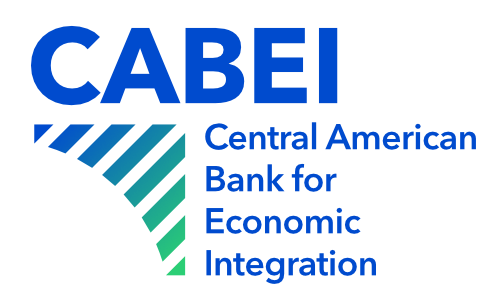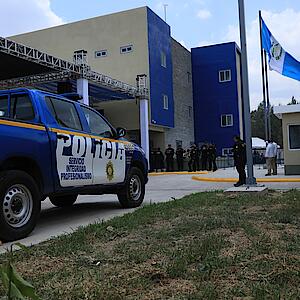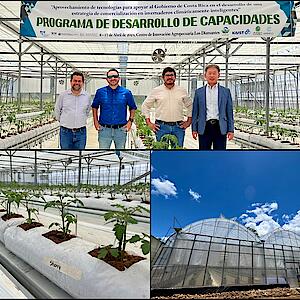With CABEI's support, studies for the development of Panama's Metro Line 5 Railroad Network advance

The Panama Metro will contribute to the quality of life of the citizens of the metropolitan area by improving urban mobility for 1.9 million people.
Panama City, September 5th, 2023.- For the benefit of more than 1.9 million Panamanians and within the framework of a US$ 630,000 non-reimbursable technical cooperation granted by the Central American Bank for Economic Integration (CABEI) and its partner the Republic of Korea through the Korea-CABEI Partnership Single Donor Trust Fund (KTF), the demand, technical, economic, financial and legal studies for the development of Line 5 of the Panama Metro are progressing.
In this regard, a workshop for capacity building and knowledge transfer was recently held with the authorities of the Panama Metro and CABEI, in which the consortium formed by Dohwa Engineering Co., WSP del Istmo and Saman Corporation, in charge of developing the consultancy, presented the results of the studies carried out, which are culminating.
Line 5 will connect Lines 1 at Santo Tomás Station and Line 2 at the El Crisol Station along 14.5 km, improving accessibility to the city's main commercial areas and business centers located in the Bella Vista, San Francisco, Parque Lefevre or Costa del Este areas, as well as to the main recreation and leisure centers.
With a completely underground route, the provision of a new Yard and a total of 15 stations, of which three (3) would be transfer stations with other lines of the system, Line 5 will significantly improve travel times for users by improving the supply of public transport to strategic points of the city with high demand for destinations.
The studies carried out contribute with the technical information required for the development of the Panama Metro Line 5 project. The final result of this project is to promote clean and efficient urban mobility to contribute to the reduction of greenhouse gas emissions, promote job creation and economic transformation.

![[Translate to English:] [Translate to English:]](/fileadmin/_processed_/e/4/csm_MicrosoftTeams-image__345__9110b5ef57.png)




